Inflation has been on all our minds this past year. One area that hits families the hardest is the increase in the cost of food. The recent Consumer Price Index update indicated a 10.6% increase year over year, marking seven consecutive months of double-digit increases[1]. It has even become part of this year’s Federal Budget via a proposed one-time grocery rebate.
There are many tips and tricks on how to stretch a family’s grocery budget. My approach is simple: I have a plan.
Why is having a plan important? Recently I was talking to another mom about the weekend ahead. She mentioned how busy she was and had no idea what she was going to make for dinner. I explained my approach to never having to wonder what’s for dinner, which has the added benefit of keeping my food costs under control.
My approach includes the following:
Shopping at Home: I noticed earlier this year that the first step is to use what I have. This may sound simple, but I would focus on all my other steps, not thinking about what I already had available. My first step is to check the pantry and the freezer for what is on hand. Then I can tackle the rest of my plan.
Supper Meal Plan: This used to present my biggest challenge. I would come home from work tired, trying to figure out what to make, hoping that I had all the right ingredients to make it work.
I realized that I needed to know what I was going to make and when. This became especially important as I had a family, as each night brings its own set of challenges, depending on work schedules and after school activities.
I create a supper plan which outlines every meal for the week ahead. I make more complex meals on the weekends, as I have more time to dedicate to cooking. During the week, I consider what is happening that evening and what is going to be the best thing to make within the time that I have at home.
This process has been invaluable to me. I always know what I am going to make and because I am considering our schedule, I rarely deviate from the plan. I also get the whole family involved in planning, ensuring that everyone gets to pick at least one meal they enjoy.
Creating a List: One of the benefits of creating a meal plan is that I can tailor my grocery list, ensuring that I have the necessary ingredients. I can’t imagine going into a grocery store without a list, as it keeps me focused. This also keeps my trips to the grocery store to a minimum, as I go once a week. On the rare occasion that I’ve forgotten something (sometimes it’s on the list and I still forget to pick it up), I will have to make another trip, which often leads to the impulse buy. Sticking to the list makes sure that you buy only what you need.
Prepare the Produce: Food waste is a big issue, with current estimates showing that organic and kitchen waste makes up about 30% of the waste disposed by Canadian households. Produce is one of the most wasted food groups in Canadian homes.[2]
One way to ensure that you are using what you buy (other than using the list of course), is to prepare your produce. This includes cleaning, cutting up and storing your produce properly. It increases the likelihood that you are going to eat it if it is ready to go. It also makes packing lunches a breeze.
I also recommend varying what you buy. It’s easy to get into a rut, buying the same fruits and vegetables every week. In our family, we try to rotate at least one or two out, so that we enjoy a variety and minimize waste.
How should I start?
I recommend trying one or two of the action items. If that works well, I recommend integrating all the steps into your family’s plan. Then you will never have to wonder what’s on your menu.
[1]Consumer Price Index, February 2023
[2]Taking stock: Reducing food loss and waste in Canada

